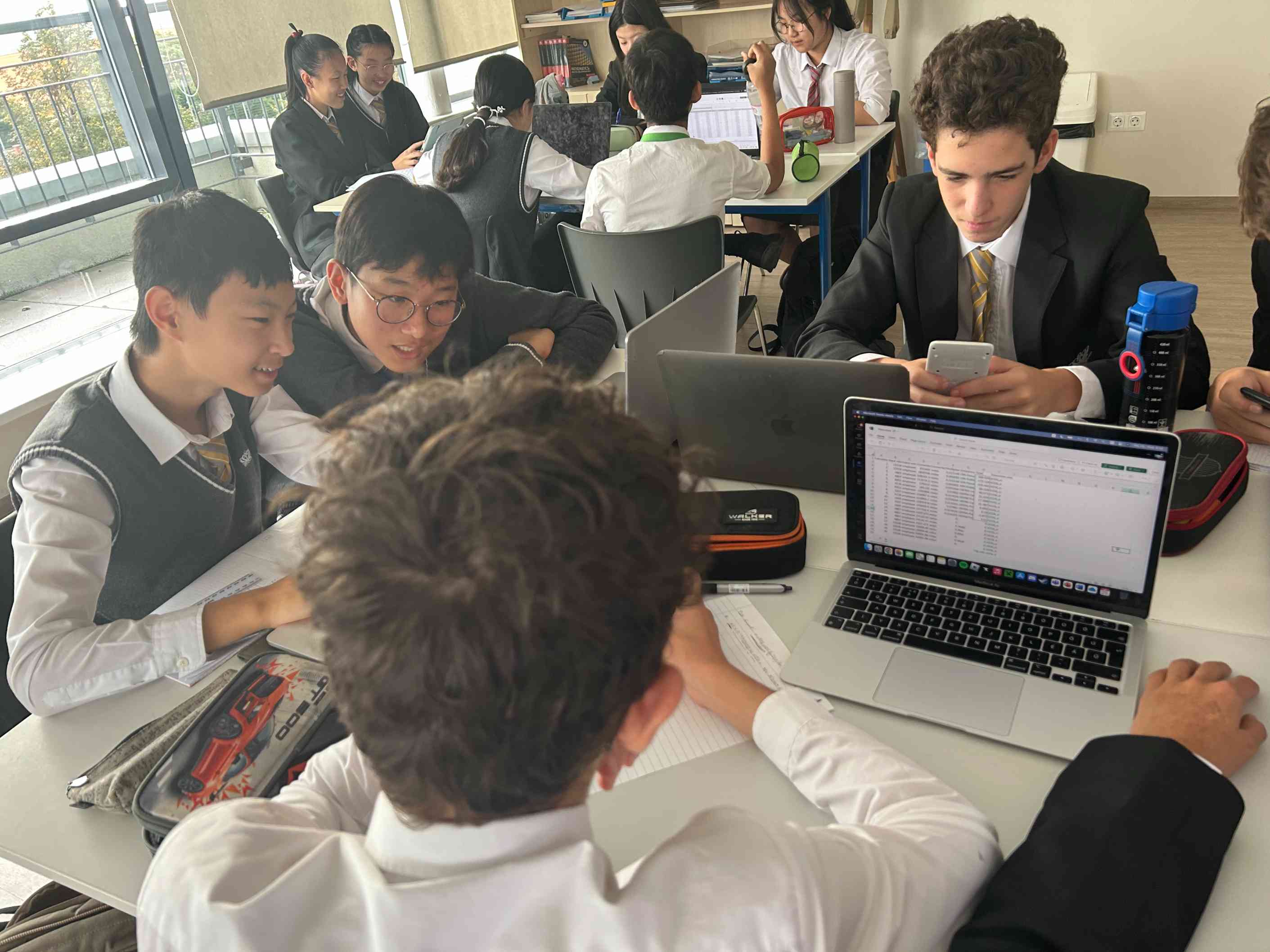We use cookies to improve your online experiences. To learn more and choose your cookies options, please refer to our cookie policy.

Over the past week, 9Ma1 has taken on an inspiring project aimed at understanding and reducing our carbon footprint as a community. It all started after an eye-opening talk from Mr. Turner about the impact of carbon dioxide emissions on the environment and the role that even small communities, like our school, can play in fighting climate change and contribute to the sustainable development goals: Goal 3: Good Health and Well-being and Goal 15: Life on Land. Motivated by this, our class decided to investigate a simple but powerful question:
"How much carbon emissions could be saved annually if all students in this class (9Ma1) chose to travel by foot or public transport instead of using private vehicles?"
To answer this, each student in our class collected data on their daily travel habits, including the distances traveled, the types of vehicles used, and how often they could realistically switch to walking or public transportation. In each of these cases, we assumed best- and worst-case scenarios to showcase the extremities of our values. Using this information, we calculated the carbon emissions generated by our current methods of commuting versus how much we could save if we switched to more eco-friendly options.
The results were surprising! Our findings, displayed in the slides below, showed that if every student in 9Ma1 committed to walking or using public transport instead of taking private vehicles, we could save an estimated 5.16 tons of carbon dioxide emissions annually. To put this in perspective, it would take about 250 mature trees to absorb this much carbon dioxide in a year. More astonishingly, we realised that our class alone contributes around 1% of the entire school community's carbon emissions just from commuting!
This discovery had a profound impact on us. Jake Kim, a student in 9Ma1, shared his reaction: "After finding out that as a class we make up 1% of the school's carbon emissions, our group actually felt guilty. We want to try and make more of a conscious effort to use public transport or walk to school more regularly."
The project has truly been a wake-up call, encouraging us to rethink our everyday choices. The slides below outline the data we gathered, the methods we used to calculate the potential savings, and our commitment to making small changes that, when combined, can have a big impact.
We hope that our project inspires others in our school to consider how they too can reduce their carbon emissions. Even small steps like walking, cycling, or taking the bus can make a significant difference if we all work together. 9Ma1 is ready to lead the way—how about you?
Thanks for reading,
Ms. Kelly and the class of 9Ma1 💚
Lauren Kelly
Teacher of Mathematics